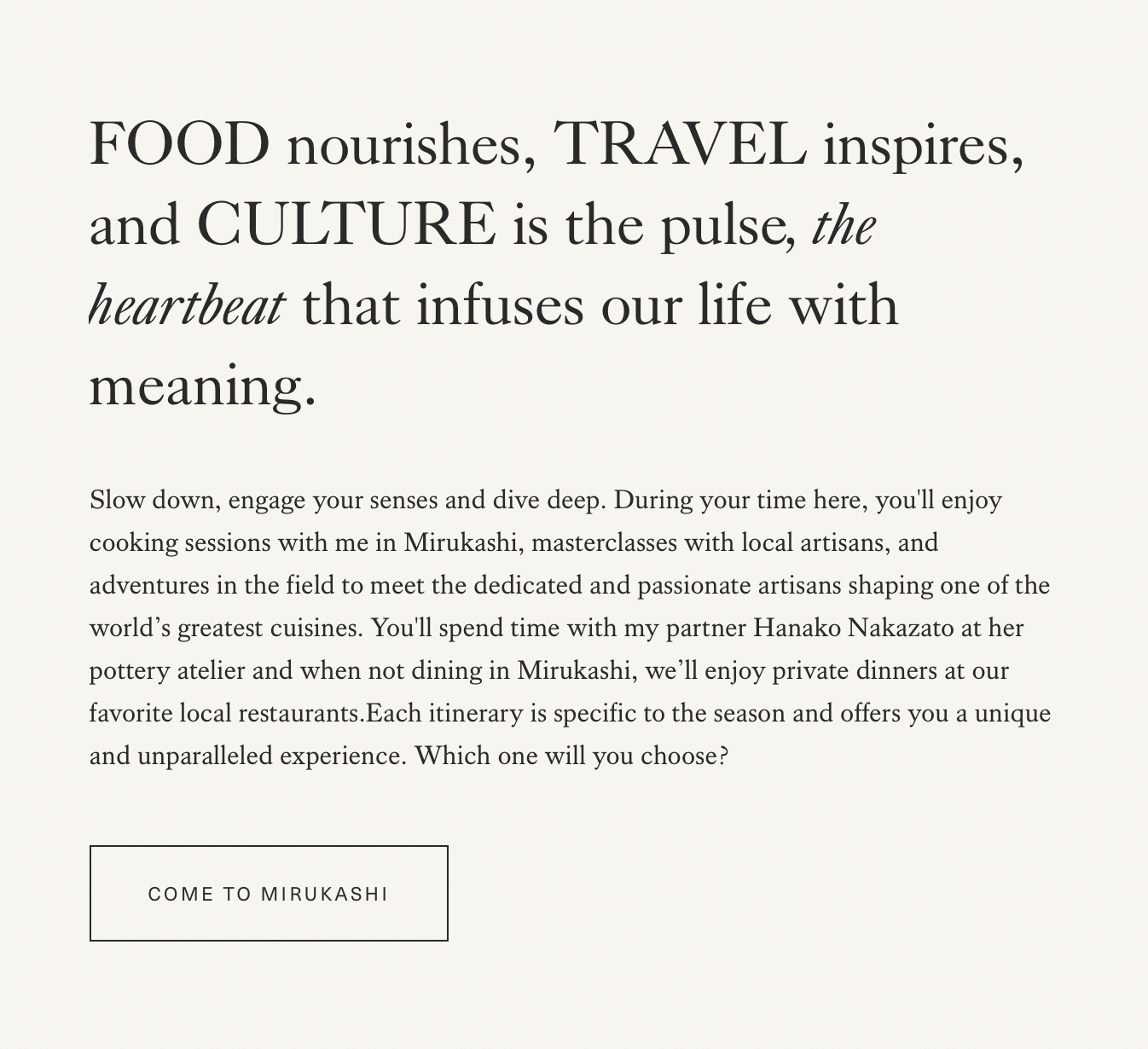Preserving the Art of Kettle Roasted Tea
We are entering the season of shincha when leaves of the first tea harvest of the year are released. Tea benefits from some post-harvest aging to allow the flavor to intensify. But it’s hard to wait and so we celebrate the harvest by drinking an aromatic and delicate tea brewed from the freshly harvested leaves.
I’ve long wanted to celebrate tea and the beauty of the late April harvest season in a dedicated salon. But just at the time when there is so much to see and experience, the folks most knowledgeable and active in the world of tea, the very people I would want my guests to meet and learn from, are far too busy overseeing their farms and fields.
The door to run this seasonal salon in 2025 opened when I met a 5th generation Ureshino based tea farmer. Matsuo san is one of a group of young tea masters in Uresino who have been influential in improving and advancing tea’s standing in contemporary society. The hype and buzz around Japanese green tea in the western world belies a sharp devaluation here in its native country. In Japan today, tea is most commonly consumed as a grab-and-go drink in a plastic bottle purchased from vending machine and convenience store shelves. After co-founding EN Tea, a brand that did much to revitalize the image of leaf tea and reintroduce it to a younger generation, Matsuo san set his sights on a new endeavor to produce an exclusive line of organic, hand picked, wood-fueled iron-kettle roasted teas.
The tradition of roasting tea leaves in an iron pan predates steaming, the most common method used today to halt oxidation and make green tea. It was introduced over 500 years ago before tea drinking culture blossomed in Japan by Chinese immigrants who brought large iron cauldrons to Kyushu to make tea for themselves. The tradition has continued in Kyushu but is fading rapidly.
Matsuo san’s approach is pure. He grows tea trees with little intervention, using natural fertilizers only occasionally and sparingly. He harvests by hand as much tea as he can process in a day. Batch by batch, in a hut beside his fields, he roasts the tea leaves in a large iron kettle heated with wood. During the harvest season he lives alone in this hut he built by hand, his attention focused entirely on his tea.
Spending time with Matsuo san is inspiring. With a kind and gentle demeanor, he works with purpose and intention and I am so excited and grateful that the has offered to host my Tea Harvest salon guests for a hands-on experience making tea in this heritage method original to Kyushu. He has also graciously offered to mentor me as I rehabilitate the many wild tea trees on the new Mirukashi Salon land. From them we’ll gather leaves to incorporate into culinary creations as well as to process with guests into simple a white tea. And an ambitious seed of an idea to build my own kettle roasting kiln has lodged itself in my mind and if all goes well, it too will flourish alongside the wild tea trees.








